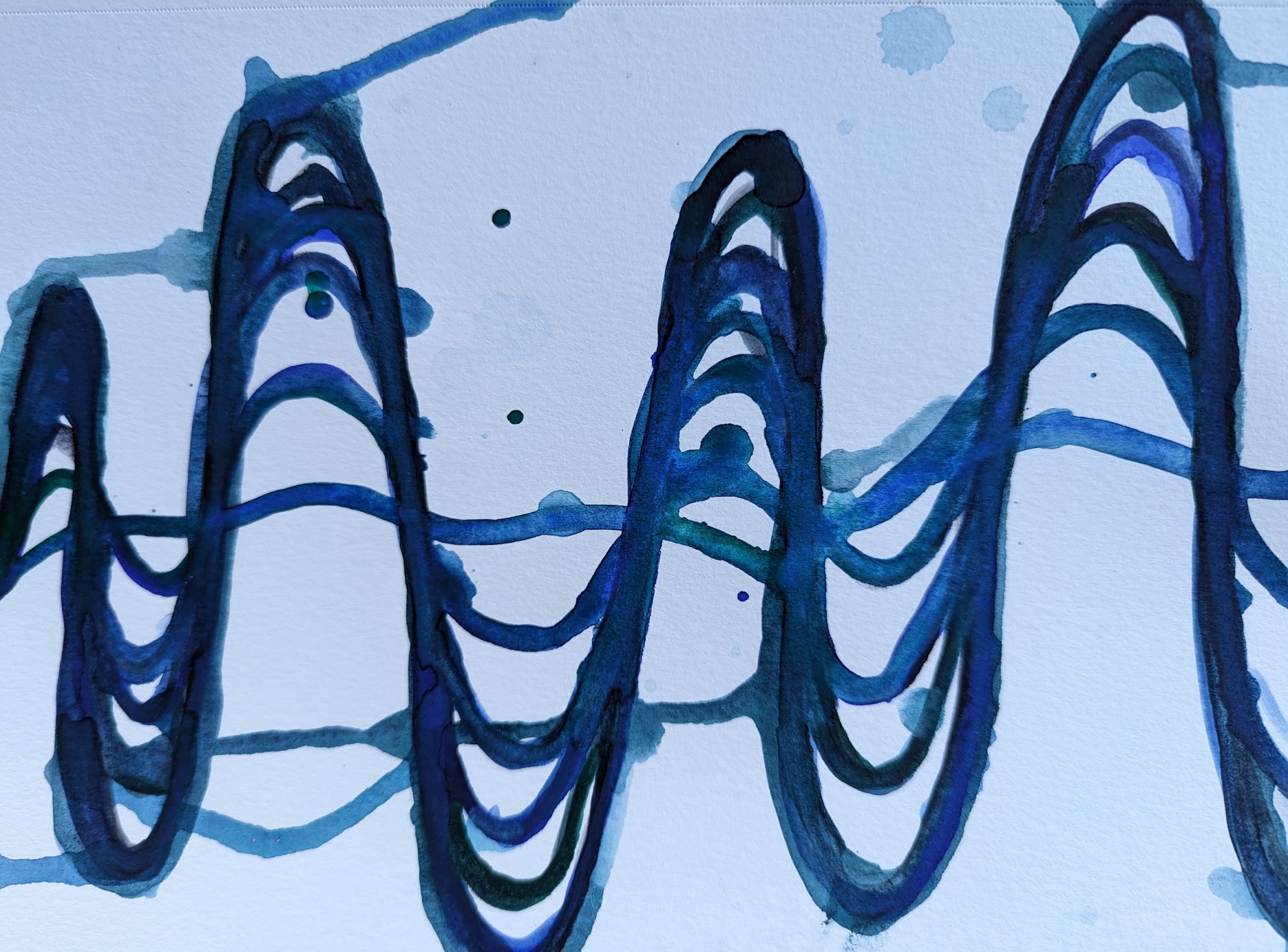Content Test

Heading 1. The Black-capped Chickadee is widely distributed.
The black-capped chickadee (Poecile atricapillus) is a small, nonmigratory, North American passerine bird that lives in deciduous and mixed forests. It is a member of the Paridae family, also known as tits. It has a distinct black cap on its head, a black bib underneath, and white cheeks. It has a white belly, buff sides, and grey wings, back, and tail. The bird is well known for its vocalizations, including its fee-bee call and its chick-a-dee-dee-dee call, from which it derives its name.
The black-capped chickadee is widely distributed throughout North America, ranging from the northern United States to southern Canada and all the way up to Alaska and Yukon. It feeds primarily on insects and seeds, and is known for its ability to cache food for use during the winter. The hippocampus of the black-capped chickadee grows during the caching season, which is believed to help it better remember its cache locations. The black-capped chickadee is a social bird and forms strict dominance hierarchies within its flock. During the winter, these flocks include other bird species. It has the ability to lower its body temperature during cold winter nights, allowing it to conserve energy.
Heading 2. The edges of the wings are somewhat paler than the Carolina chickadee.
Although range can generally be used to separate them, the black-capped chickadee is very similar in appearance to the Carolina chickadee. The edges of the wings are somewhat paler than the Carolina chickadee, and the bib of the black-capped chickadee has a “messier” border than the Carolina chickadee. The most reliable way to distinguish the two species is by vocalizations. Black-capped chickadees have a slower, hoarser, two-part song, whereas Carolina chickadees have a three-part song.
Black-capped chickadees are also somewhat similar to mountain chickadees and boreal chickadees. Mountain chickadees can be distinguished by a distinct white stripe above their eyes, and boreal chickadees have a brown cap as opposed to the black cap of the black-capped chickadee.

Heading 3. The nesting season.
Black-capped chickadees build nests in tree cavities, with the nesting season starting in late April and lasting until late June:
- They lay on average 6–8 eggs
- Which hatch after 11–14 days
- Here is a sub-bullet item
- Here is a bulleted item that goes on long enough to wrap to a second line. Bullets will have spaces between them but not as much space as between paragraphs
- Juveniles fledge 12–16 days after hatching
The population of black-capped chickadees is thought to be increasing, and they are considered a species of least concern by the International Union for Conservation of Nature (IUCN). It is the state bird of both Massachusetts and Maine in the United States, and the provincial bird of New Brunswick in Canada.
Heading 4. Insects form a large part of their diet in summer.
The birds hop along tree branches searching for food, sometimes hanging upside down or hovering; they may make short flights to catch insects in the air.
- Seeds and berries become more important in winter, though insect eggs and pupae are eaten when available
- Black-capped chickadees have also been known to eat the fat off of dead mammals.
- Sunflower seeds are readily taken from bird feeders.
- Items are stored singly in various sites such as bark, dead leaves, clusters of conifer needles, or knothole.
- Memory for the location of caches can last up to 28 days.
- Within the first 24 hours, the birds can even remember the relative quality of the stored items.
This caching behaviour has led to black-capped chickadees having larger hippocampi compared to other chickadees, who themselves have relatively larger hippocampi compared to other caching birds in the Paridae family. This variation in size also exists within the black-capped chickadee population based on the region they inhabit, with those who live in harsher climates (such as Alaska) having larger hippocampi.
The most familiar call is the chick-a-dee-dee-dee, which gave this bird its name. This simple-sounding call is astonishingly complex.
The birds hop along tree branches searching for food, sometimes hanging upside down or hovering; they may make short flights to catch insects in the air.
Heading 5. Flocking behavior.
During the winter, chickadees often flock together. Many other species of birds – including titmice, nuthatches, and warblers – can often be found foraging in these flocks. Mixed flocks stay together because the chickadees call out whenever they find a good source of food. This calling-out forms cohesion for the group, allowing the other birds to find food more efficiently. Black-capped chickadees sleep in thick vegetation or in cavities, usually singly, though they may occasionally roost clumped together.
Heading 6. Flight style.
Their flight is slightly undulating with rapid wing beats. Flights are typically short bursts of less than 15 m (49 ft) with a speed around 20 km/h (12 mph). They tend to avoid flying through large open areas and will instead be found flying along tree-lines or through forests.
It has been observed to consist of up to four distinct units. A, B, and C are variations of the “chick-a” part of the call, and D is the repeated “dee”. These can be arranged in different patterns to communicate information about threats from predators and coordination of group movement. These four notes only ever appear in this consecutive order with each preceding note blending into the next; however, not all four notes always appear in the call.